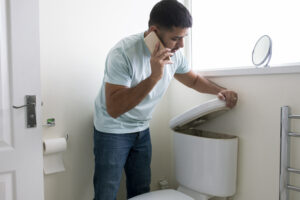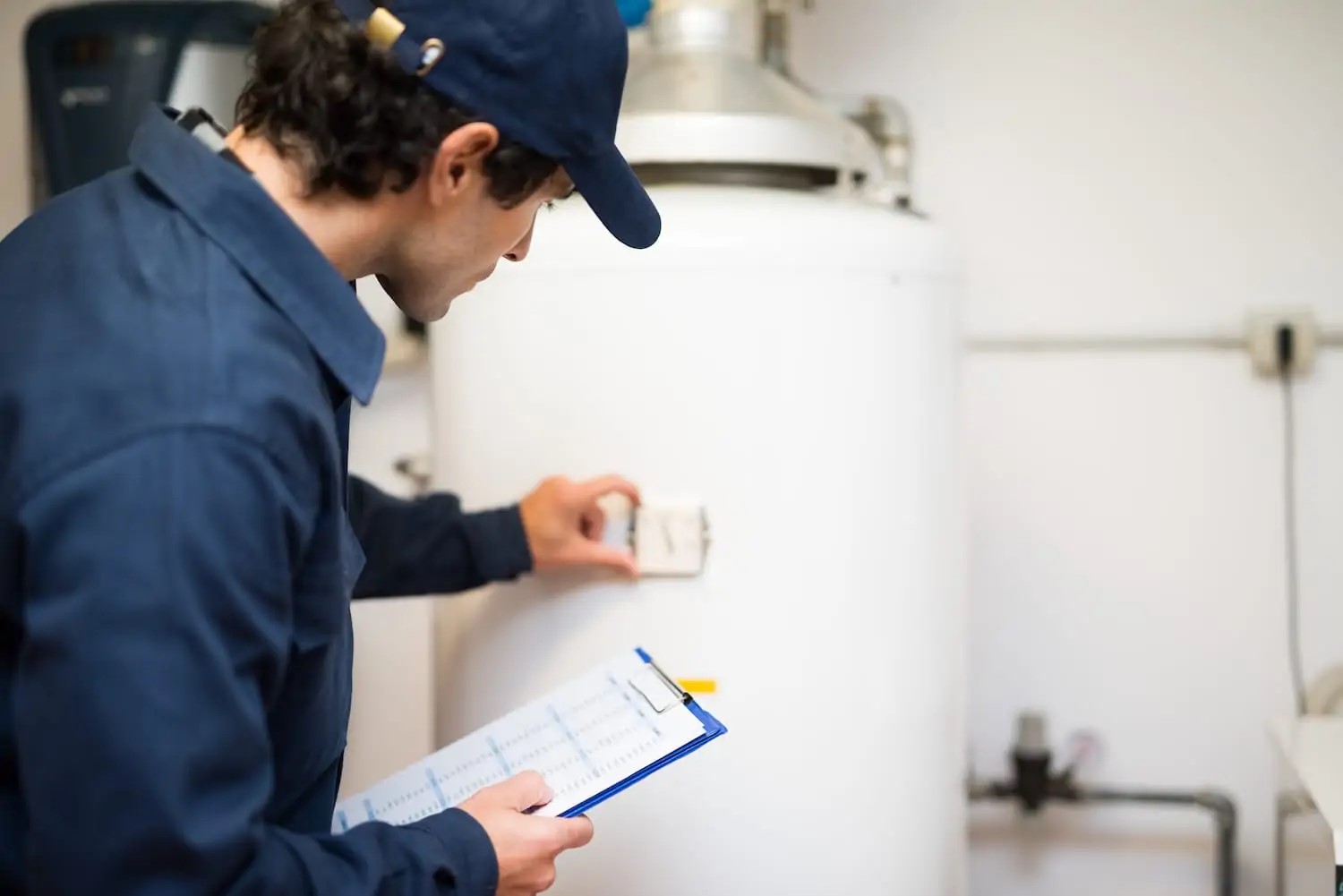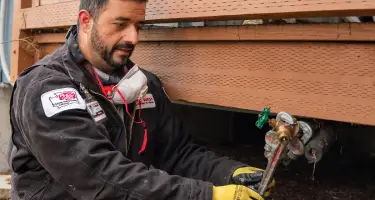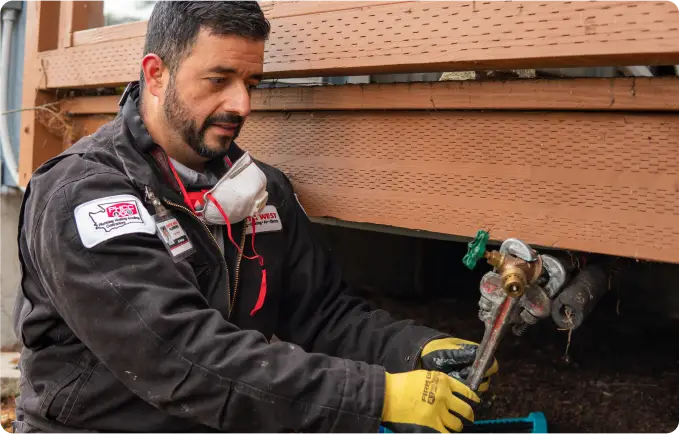Freezing temperatures can destroy your plumbing system from the inside out. Extremely low temperatures can freeze sitting water in your pipes, causing the water to expand. If it expands just enough, your pipes will burst, causing extensive damage. Fortunately there are several different ways you can prepare for cold weather and winterize your pipes to prevent them from bursting.
Fix All Existing Plumbing Leaks
Even the tiniest of leaks can be a huge problem when temperatures fall below freezing. Examine all your piping, indoors and outdoors, for any plumbing leaks before temperatures drop. Preventing leaks before they happen can save you hundreds if not thousands of dollars on repairs before the winter season arrives.
Insulate Your Pipes
Any pipes that are exposed to open air can be protected by applying insulation. If you can see it, it needs to be wrapped in plumbing insulation foam (this includes pumps in pump houses as well). Insulation is relatively inexpensive and easy to apply and install.
Insulation keeps your pipes from freezing by retaining warm air. Not only will it protect your pipes but it will also save you money on heating costs. Plumbing insulation is highly effective and is one of the best methods plumbing experts recommend when it comes to preparing your pipes for winter.
Keep Your Thermostat at a Reasonably Warm Temperature
People going on trips during the winter season try to keep their thermostats low to keep their heating bills to a minimum while they aren’t there, but this can put pipes at risk of freezing. Water freezes at 32 degrees so it’s important to keep your home at a temperature that will keep them above 32 degrees.
A common theory is that the inside of your home is naturally a few degrees higher than the current temperature outside. If it’s 32 degrees outside, then your home will be about 37-38 degrees on the inside with heating unaccounted for. However, temperatures can plummet at night, so keep an eye on the expected lows and plan accordingly.
Take into account the average overnight temperatures of your area over the last few years. This can give you an accurate assessment on what temperature to set your heating at so you can save on energy bills while also keeping your home warm enough to prevent your pipes from freezing.
Flush Your Sprinkler System
Irrigation pipes are a likely place for water to collect and freeze during cold weather. To effectively winterize your sprinkler system, turn off your water and flush any standing or collected water by ensuring you turn each individual valve connected to the sprinkler system.
If you’re going on vacation or an extended trip, it’s best to flush your sprinkler and water system before leaving. After, your pipes will be full of air which will prevent damage caused by expanding frozen water.
Let Your Faucet Drip
It may sound counterproductive, but letting your faucet drip can help alleviate the pressure built up within frozen pipes. Opening a faucet provides relief by alleviating the pressure that builds between the faucet and the ice blockage when freezing occurs.
Dripping faucets can be a serious waste of water so it’s advised that this tactic is only used with pipes that are vulnerable or are not insulated. However, even the slightest drip at normal pressure can provide much needed relief to stressed pipes without wasting excessive amounts of water.
Seal Off Crawl Spaces and Exterior Cracks
Reducing the amount of cold air that reaches your home’s interior pipes plays a vital role in keeping them from freezing. Covering your vents with cardboard, sealing off crawl spaces and filling in holes and cracks with spray foam insulation and caulking can prevent cold air from seeping into your home. Window cracks and missing insulation around your garage and utility doors should also be fixed to not just prevent cold air from seeping in but to retain warm air within your home.
Follow these steps and you will have done a fairly good amount towards winterizing your home plumbing. For more information, contact a professional.









